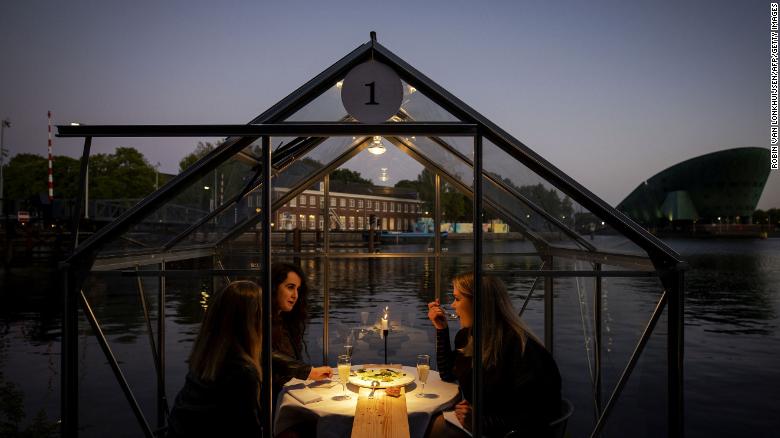
Obviously, we’ve all been doing a lot of Zoom calls lately. I’ve heard the term “Zoom fatigue” about how tiring those calls can be. But I’ve wondered if they’re any more tiring than the in-person meetings we used to do. I got an opportunity to contrast and compare: last year, I did a full-day in-person strategy session with a client (well, 6 hours, from 10am to 4pm). This year, the same client needed to do another 6-hour session, but (of course) on Zoom.
It was indeed tiring, but there was an upside: when we took breaks, we were all in our own homes, so we got to take a true break, rather than just getting up and getting a cup of coffee with the other participants.
Also, I had a few tricks up my sleeve and I was able to get some tips from my colleague Eric Snyder at Ignite 360, who had just done a full-day workshop with another client. And it worked! Everyone remained engaged throughout the day and we were able to get results! (Though I will admit to being dead tired when it was done.)
Here are my tips for surviving a 6-hour Zoom session:
- I scheduled a 15-minute coffee break in the morning, a 30-minute lunch and another 15-minute coffee break mid-afternoon – and I stuck to that schedule (politely cutting people off – it’s an art!). So people didn’t have to go longer than an hour and 15 minutes to an hour and a half between breaks.
- We did a few fun things throughout the day. We sent some cookies and snacks to all the participants in advance which I encouraged the people to have during the coffee breaks and talk about which treats they liked best. And rather than doing regular introductions, I had everyone send me the information about what they do at the organization, but also a little known fact about themselves and one or two photos of them doing something fun or unexpected. I put them in a PowerPoint deck and used them as “palate cleansers” between topics. I would first just show the little known fact and ask participants to guess who it was, and then revealed the person and their photos. It really served to break up the day and lighten the mood.
- Here’s something I didn’t do, but Eric has done with great results: offer small prizes for things like the first person to answer a certain question. It could be as small as a $5 Starbucks card, but people love the competition!
In addition, I discovered some helpful points about how to best utilize Zoom’s features… and handle its shortcomings:
- I knew it would be important for everyone to see each other speaking, so I asked them in advance to all use a computer and not a tablet (which only lets you view 9 participants at a time – we had 12) and definitely not a mobile phone. And I made sure everyone was in Gallery Mode (or as I put it, “It should look like Hollywood Squares, where we are all in rectangles of the same size”).
- I consider the chat panel an added bonus when compared to in-person discussions. If someone has something to add to what a person is saying at that moment, they can type it in the chat panel, rather than interrupting. Also, having two types of input – the voice of the person speaking and the text in the chat panel – actually helps people stay more engaged. When you just listen to a person speaking, your attention is more likely to wander.
- One of the drawbacks of Zoom is that when two people start talking at the same time, it takes a few seconds to realize that, and neither can be heard. But the silver lining: it forces a more orderly discussion. I had people raise their hands to indicate they wanted to speak next and I confirmed in the chat panel (e.g., “Next: Barbara”). And when two people did start talking at once, I just had to play traffic cop and say something like “OK, Mary, you go ahead, and then David.”
- We were planning to work together on crafting a vision statement and I had intended to share my screen so we could all agree on the text. But I realized that participants wouldn’t be able to see each other that clearly while screen sharing. Instead, I typed the suggested text in the chat panel, as well as subsequent revisions, until we had a version everyone agreed on. (Note: that would be a good time to click the “save chat” link in Zoom!)
Let’s talk about the best approach to find the answer to your strategic questions. Call me at 760-469-9266 or email info at bureauwest.com.



